Mushroom foraging is a popular pastime for many people in the United States. However, one must always exercise caution while foraging for wild mushrooms, as some of them can be highly toxic. In this comprehensive guide, we will explore the world of poisonous mushroom species in the USA, the dangers of ingesting them, and methods to identify and avoid the most dangerous species.
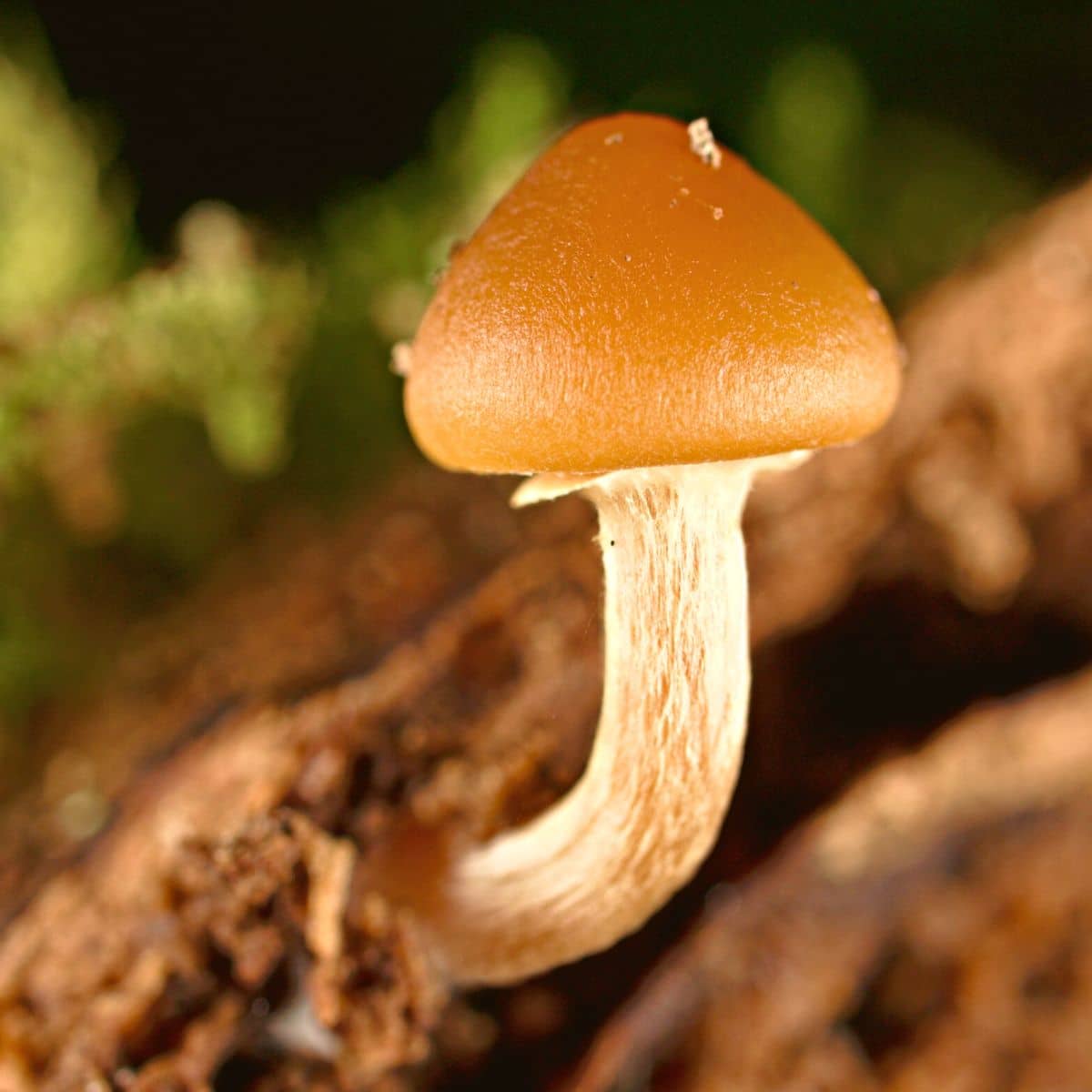
Jump to:
- Introduction to Poisonous Mushrooms Species in the US
- The Dangers of Ingesting Poisonous Mushroom Species
- Identifying Poisonous Mushroom Types in North America
- The Top 7 Most Poisonous Mushrooms in the USA
- Symptoms of Poisonous Mushroom Ingestion and First Aid Measures
- The Role of Poisonous Mushrooms in Nature
Introduction to Poisonous Mushrooms Species in the US
There are thousands of mushroom species in North America, with an estimated 250 of them being toxic to humans. While most of these poisonous mushrooms cause only mild symptoms, a few can lead to severe illness or even death.
The toxicity of a mushroom is determined by the presence of specific compounds, which can vary in concentration depending on the species and its environment. Ingesting these toxic compounds can cause a range of symptoms, from gastrointestinal distress to organ failure.
Hundreds of mushroom poisoning cases are reported annually in the United States. Many of these cases occur due to misidentification, as some poisonous mushrooms closely resemble edible species. This highlights the importance of proper identification and knowledge of poisonous mushroom types when foraging wild mushrooms in North America.
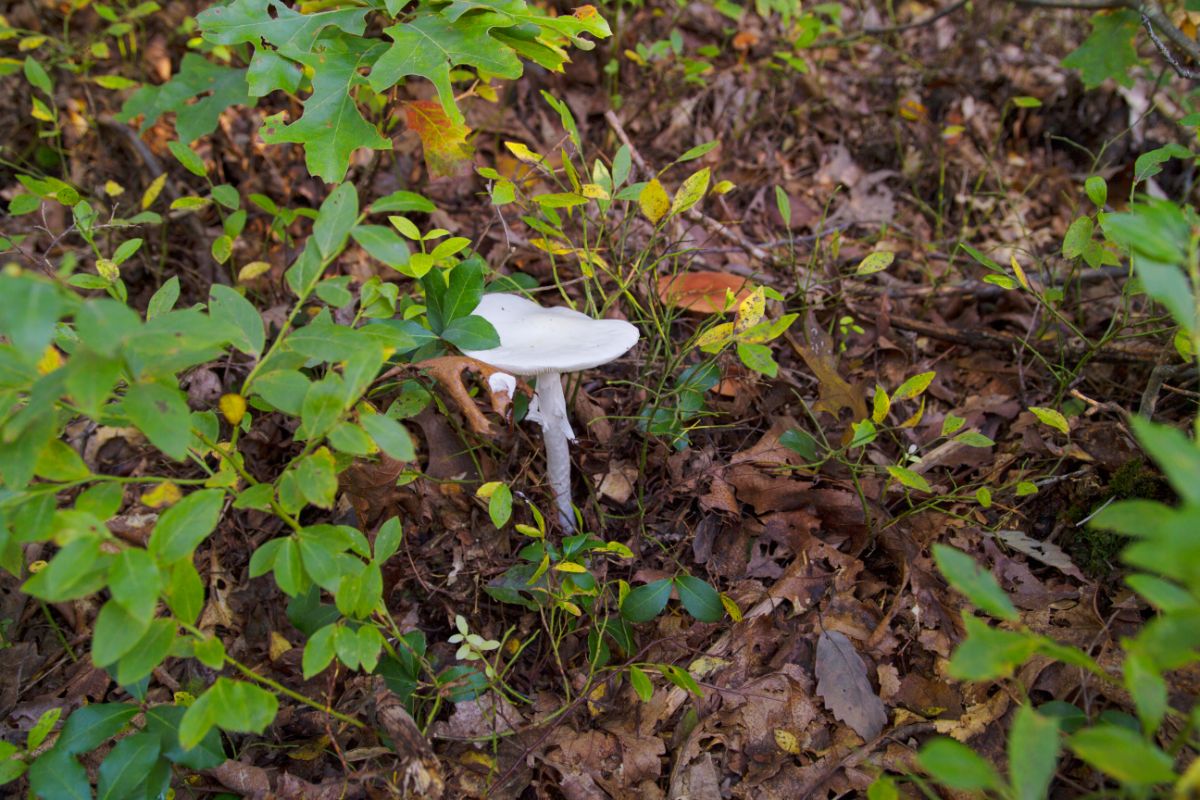

The Dangers of Ingesting Poisonous Mushroom Species
Ingesting a poisonous mushroom can lead to a range of symptoms and complications. The severity of these symptoms depends on the specific toxins present in the mushroom, as well as the quantity consumed. Some of the most common symptoms of mushroom poisoning include abdominal pain, vomiting, diarrhea, and dehydration. In more severe cases, individuals may experience liver or kidney failure, seizures, coma, or even death.
It is essential to seek immediate medical attention if you suspect you or someone you know has ingested a poisonous mushroom. Early treatment can be crucial in preventing severe complications or death. However, prevention is always better than cure, and it is vital to familiarize oneself with the most poisonous mushrooms in North America before embarking on any mushroom foraging adventure.

Identifying Poisonous Mushroom Types in North America
Understanding and respecting the power of poisonous mushrooms is essential for anyone who enjoys foraging wild fungi. By familiarizing oneself with the most poisonous mushrooms in North America and learning to identify their key characteristics, you can greatly reduce the risk of accidental ingestion and enjoy the rewarding pastime of mushroom hunting safely.
Always remember that when in doubt, it is best to consult a reputable field guide or expert, as the consequences of misidentification can be severe or even fatal. Remember, knowledge is power, and with the correct information, you can safely enjoy the fascinating world of wild mushrooms.
When identifying poisonous mushrooms, there are a few key characteristics to look out for. This isn’t because there is some “tell” to let you know it is poisonous but because paying attention to the fine details is extremely important when identifying any mushroom species.
Some of these key characteristics include the color, shape, size, and habitat of the mushroom, as well as any distinctive features such as a ring or veil. Additionally, it is crucial to learn about the look-alike edible species, as these can often be mistaken for their toxic counterparts.
A word of caution: do not rely solely on the appearance of a mushroom for identification. Some poisonous mushrooms closely resemble edible species, and even experienced foragers can occasionally make mistakes. It is always best to consult a reputable field guide or expert when in doubt. Or both. Or many.

The Top 7 Most Poisonous Mushrooms in the USA
In this section, we will discuss the top 7 most poisonous mushrooms found in the United States. These species are responsible for the most fatal mushroom poisonings in the country and should be avoided at all costs.
Death Cap (Amanita phalloides)
The Death Cap is considered the most poisonous mushroom in the world and is responsible for the majority of fatal mushroom poisonings globally. This deadly fungus contains potent toxins called amatoxins, which cause severe liver and kidney damage, often leading to death. The Death Cap is easily mistaken for several edible species, making it particularly dangerous for foragers.
This toxic species is originally from Europe, but occurs in North America now too, most likely transported in with lumber and trees shipments. When it is very young, it is covered in a universal veil and looks like an egg growing out of the soil. At this point in it’s growth, it is easily confused with the edible puffball mushroom. This is just one reason to always cut puffballs in half, to make sure it isn’t an Amanita “egg.”
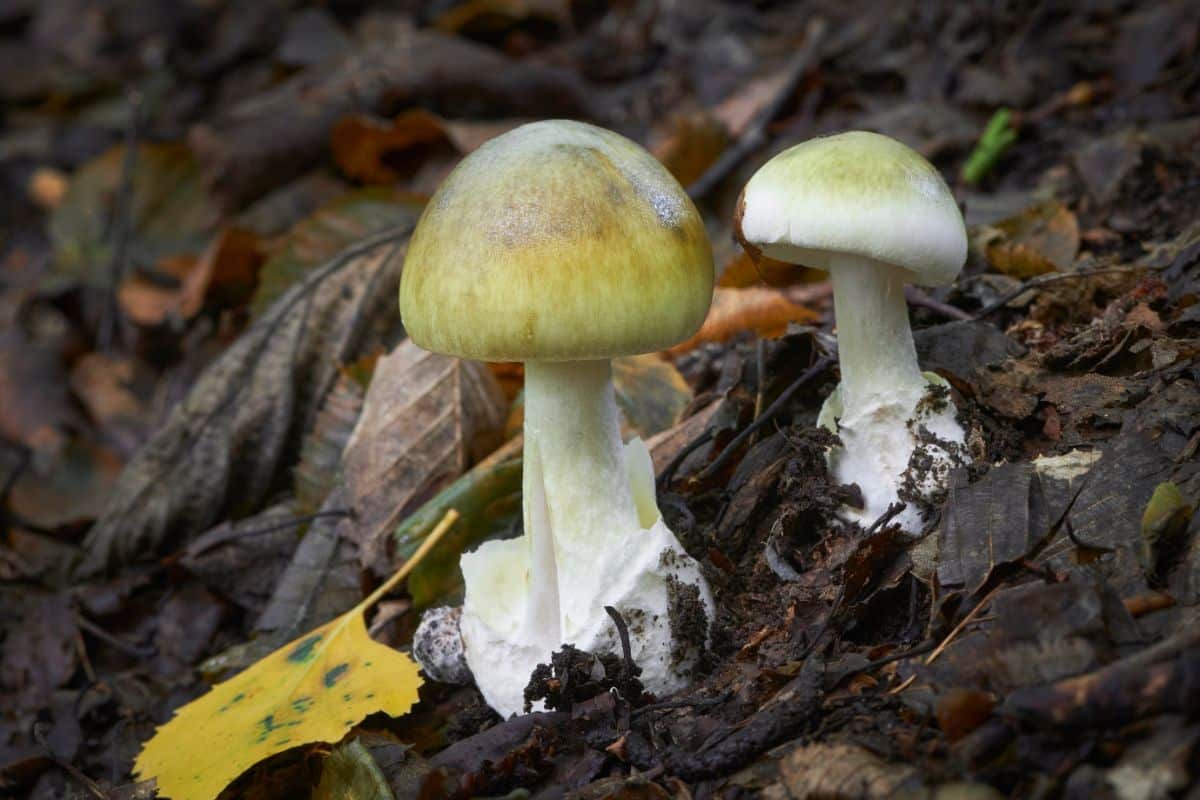
Destroying Angel (Amanita bisporigera)
The Destroying Angel is another highly toxic mushroom belonging to the Amanita genus. Like the Death Cap, it contains amatoxins and can cause severe liver and kidney damage if ingested. The Destroying Angel is characterized by its pure white color, stately appearance, and bulbous base. It is commonly found in woodlands and can be easily mistaken for edible species like the Horse mushroom or the Meadow mushroom.

Deadly Skullcap, aka Funeral Bell, aka Autumn Skullcap, Deadly Galerina (Galerina marginata)
The Autumn Skullcap is a small, brown mushroom that contains the same deadly amatoxins as the Death Cap and Destroying Angel. It is commonly found on decaying wood and is easily mistaken for edible species like the Honey mushroom. Ingesting even a small amount of this toxic fungus can lead to severe illness or death.

Deadly Webcap (Cortinarius rubellus)
The Deadly Webcap is a toxic mushroom found in coniferous and mixed forests in North America. It contains a toxin called orellanine, which can cause severe kidney failure if ingested. The Deadly Webcap closely resembles edible species like the Chanterelle, making it particularly dangerous for foragers.
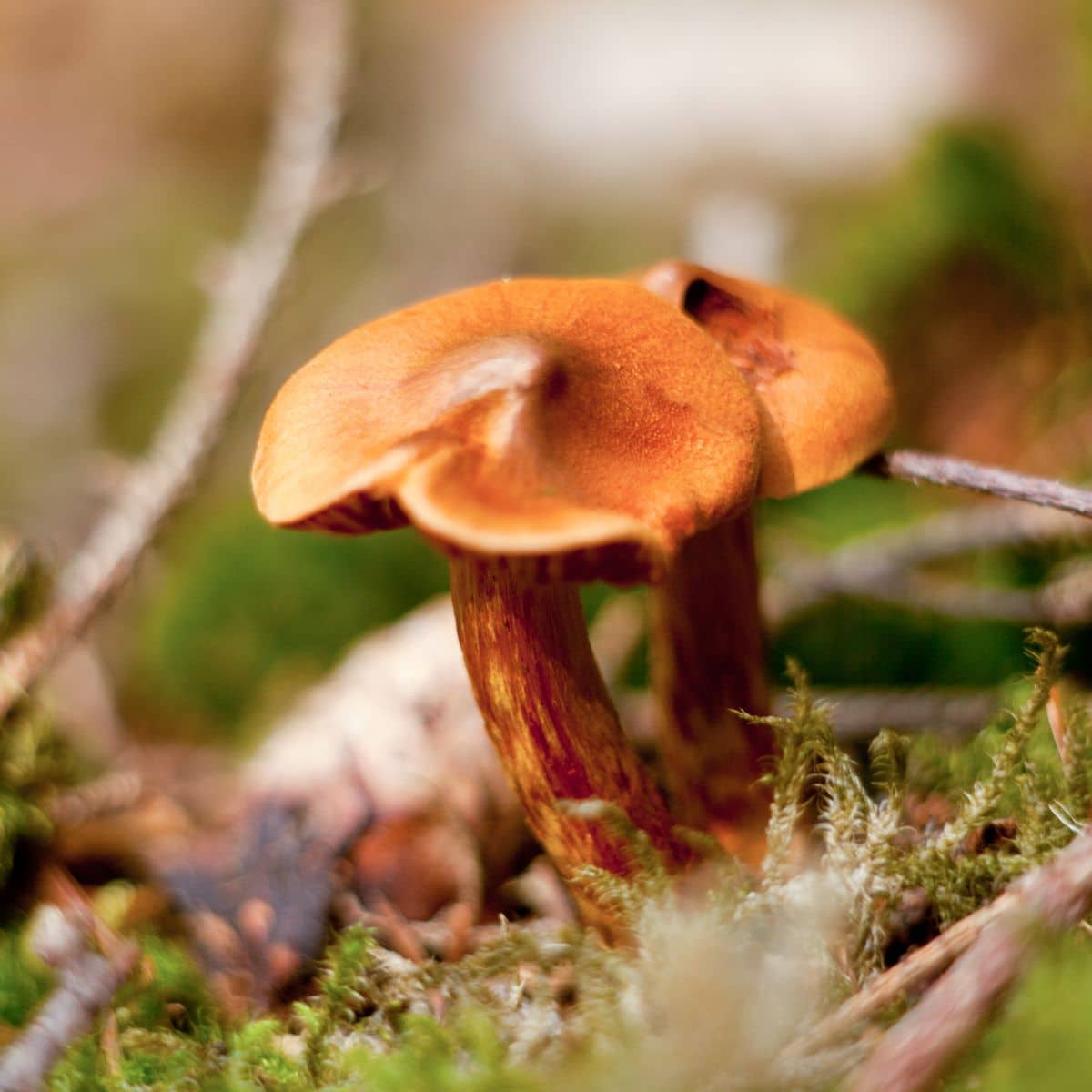
False Morel (Gyromitra esculenta)
The False Morel is a toxic mushroom closely resembling the highly prized Morel mushroom. It contains a toxin called gyromitrin, which can cause severe gastrointestinal symptoms, seizures, and even death if ingested in large quantities. The False Morel is often found in the same habitats as the true Morel, making it essential for foragers to learn their differences.
There are actually more than one species of false morel, and current evidence shows that many are okay to eat, while Gyromitra esculenta should still be foraged with caution. Many people eat this mushroom too, but only with proper preparation — this is not a mushroom you can just sauté up and eat; the preparation removes most of the toxins making it “safe.”
To all the false morel (Gyromitra spp.) enthusiasts, yes, we are aware of the debates around these species and their edibility. Huge strides have been made recently regarding the knowledge-base around gyromitrin ingestion, actual toxicity, and difference between species. However, this doesn’t change the fact that many people get very ill every single year eating false morels thinking they’re true morels and not doing the proper preparation. And, this makes them a big source of accidental poisonings.

Fool’s Funnel (Clitocybe rivulosa)
The Fool’s Funnel is another dangerous mushroom species found in North America. It contains a potent toxin called muscarine, which can cause severe gastrointestinal symptoms, as well as difficulty breathing, blurred vision, and even death in some cases. The Fool’s Funnel is easily mistaken for edible species like the Fairy Ring mushroom, making it essential for foragers to learn to identify this toxic fungus.

Common Conecap (Pholiotina rugosa, previously Conocybe filaris)
Pholiotina rugosa is a small, brown mushroom that contains the same deadly amatoxins as the Death Cap and Destroying Angel. The common conecap is commonly found on or around wood mulch, especially in landscaped areas. Its propensity to show up in yards makes it quite dangerous. It is easily mistaken for psychedelic species, which is the main reason it gets consumed accidentally. This little brown mushroom will not give you the trip you hope for! Ingesting even a small amount of this toxic fungus can lead to severe illness or death.

Symptoms of Poisonous Mushroom Ingestion and First Aid Measures
If you suspect that you or someone you know has ingested a poisonous mushroom, it is crucial to seek immediate medical attention. Symptoms of mushroom poisoning can vary depending on the specific toxins involved but may include abdominal pain, vomiting, diarrhea, dehydration, hallucinations, seizures, liver or kidney failure, and even death.
While waiting for medical help, it is essential to keep the affected individual comfortable and hydrated. Do not induce vomiting unless instructed to do so by a medical professional, as this may cause further harm. If possible, try to collect a sample of the mushroom that was ingested, as this can greatly aid in identifying the specific toxin and determining the appropriate treatment.
If you suspect poisoning, call the Poison Control Center at 1-800-222-1222 for guidance on what to do. It is extremely important that you call as soon as possible after eating the mushroom.
This article by the Poison Control Center is informative — read the True Story in their sidebar. To put it mildly, don’t mess around and make sure you know your mushrooms!
The Role of Poisonous Mushrooms in Nature
While poisonous mushrooms can pose a significant danger to humans, they play a crucial role in the ecosystem. Many toxic species help break down organic matter, recycling nutrients back into the soil and supporting plant growth. Additionally, some poisonous mushrooms have evolved their toxicity as a defense mechanism against predators, ensuring their survival and reproduction.
More reading: Is This Mushroom Poisonous? Poisonous Mushrooms: Facts, Myths, and Identification Information






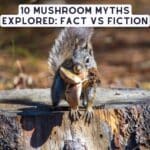

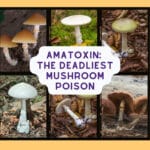

Arthur Wiedyk
In the fall hunting season. We see big mushrooms that are white. Some with star like pink colors towards the center. Sometimes lots of them. Why is it that the dear or bear don’t eat them. But they seem to disappear as the season goes into winter? Are they edible. Some have caps as big as my fist. Off color gills underneath the cap. Pretty pink Design in the cab.
Jenny
There are a lot of big white mushrooms. If you have photos, please post them in our facebook group and hoepfully they can be identified. Make sure to read the pinned/featured post to ensure you include all the necessary info, like location etc…